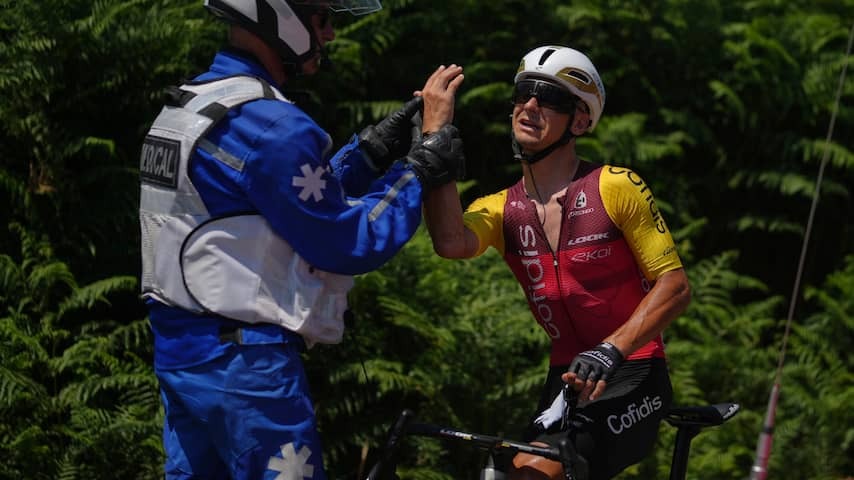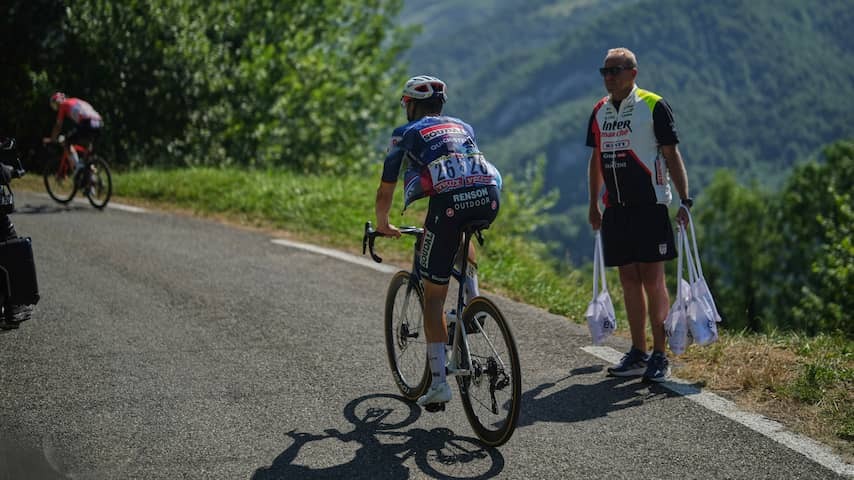
The new rules regarding the supply zones in the Tour de France are under fire. Team leaders fear that, following Bryan Coquard, more riders will be injured when handling a food bag. They also fear dehydration.
The international cycling union UCI decided to regulate the supply zones earlier this year. In the past, teams could choose where to stand with food bags and water bottles, but according to the UCI, this mainly benefits the rich teams with a lot of staff.
Instead, the teams must supply the riders at fixed locations. This happens every 40 kilometers. So far, this has caused quite a bit of commotion in the peloton. A missed food bag means no food for at least an hour.
Things went wrong for the first time on Thursday when French sprinter Coquard broke his finger while accepting a food bag. He will no longer start on Saturday because he can no longer brake with his right hand.
Team leaders have seized on Coquard’s injury to voice harsh criticism of the new rules. “We place supply zones on flat, fast sections where riders are traveling 60 kilometers per hour,” Groupama-FDJ director Philippe Mauduit told Reuters. “It’s so dangerous.”

Team leaders also fear dehydration
There is criticism of the rules not only because of the commotion in the supply zones. Team leaders also fear dehydration of the riders. It has been very hot in France for days, with temperatures above 30 degrees Celsius.
After earlier criticism, riders are now also allowed to be supplied at the foot of categorized climbs, but according to Mauduit, that is not enough. “It is essential that the rules are adjusted. Do we have to wait until someone dies on Mont Ventoux before we take action?”
Sports director Tom Southam of EF Education-EasyPost recognizes the concerns. “Now you have 23 teams fighting for space in the same place. That increases the pressure enormously. But even if we could decide for ourselves where we stand, it wouldn’t be much different on a flat 120-kilometer ride.”
The organizers of the Tour de France and the UCI were not available for comment.